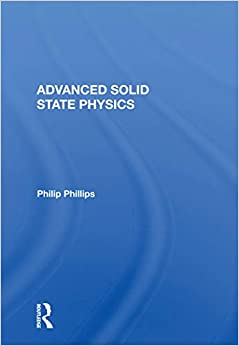Question
Lab 1: Electric Forces as Vectors Purpose : This lab provides a computation problem in electrostatics as well as a refresher on vector mathematics. Below,
Lab 1: Electric Forces as Vectors
Purpose: This lab provides a computation problem in electrostatics as well as a refresher on vector mathematics. Below, on the graph, are three fixed charged particles 1, 2, and 3. You may choose which particle is which. Below the graph are the charge type and magnitude for each particle. The goal of this lab is to find the net force on each charge as three unique single vectors (magnitude and direction). Please use standard unit circle measurements for angles (+x axis = 0 degrees, +y axis= 90 degrees, -x axis = 180 degrees, and -y axis = 270 degrees). Assume each square is 1 cm square. Red font indicates where you should place your answers, either by typing/by taking a picture of your paper and inserting the picture into the document.
Locations of Charges
1. Find the location of each charge on an x-axis and y-axis of your choosing. Document your coordinate system and the location of the charges.
1= + 6.0 x 10-6 C
2= - 3.5 x 10-6 C
3= + 9.0 x 10-6 C Locations of charges:
Distances and Angles
2. Find the distance and angle between each of the charges. Note that subscripts indicate angle from first particle to second (i.e., 12 is the angle created if you begin on particle 1 and point to particle 2; 21 would be from 2 to 1).
r12 _________________ 12_________ 21_________
r13 _________________ 13_________ 31_________
r23 _________________ 23_________ 32_________
Individual Forces
3. For each of the charges find the coulomb forces due to the other two charges. Draw the two forces on the charges below using the edit drawing feature; click on the image and select "edit." Remember Forces have a magnitude and direction, where the force points in its corresponding direction, and the length corresponds to magnitude.
F21______________ 21_________
F31______________ 31_________
F12______________ 12_________
F32______________ 32_________
F13______________ 13_________
F23______________ 23_________
Net Forces
4. Find the net force on each charge by breaking the two individual forces into components. Use summation of the forces on each charge to find the net force. Recall that when adding forces, you must use vector mathematics (i.e. break into components that are perpendicular to each other, then you may numerically add components that are parallel as scalar values). Show what summation of the forces are as x and y components, and then show the force as a magnitude and direction.
| Particle 1 (F1) | X | Y |
| F21 | ||
| F31 | ||
| Comp. of F1 | ||
| Mag. and Dir. of F1 |
| Particle 2 (F2) | X | Y |
| F12 | ||
| F32 | ||
| Comp. of F2 | ||
| Mag. and Dir. of F2 |
| Particle 3 (F3) | X | Y |
| F13 | ||
| F23 | ||
| Comp. of F3 | ||
| Mag. and Dir. of F3 |
Note: Make sure your numerical answers agree with your original drawings. Also ensure you used correct units in your calculations. Coulomb's constant has base units of meters, Coulombs, and seconds, as do Newtons.
Reflection Questions
1. If the charges were not fixed in place, and no outside forces (including gravity) were present, how would the center of mass of the three-charge system move? What about the movement of the individual charges?
2. The net force is given by the vector quantity F1 + F2 + F3. What is your value for this quantity? (hint: go back to the chart you created) What should it be? Explain any differences.
3. Can this same conclusion be made for the scalar quantity F1+ F2 + F3? Why or why not?
4. Extrapolation: Explain in a few sentences how to compute the net force acting on an electric charge produced by 3 or more other charges.



Step by Step Solution
There are 3 Steps involved in it
Step: 1

Get Instant Access to Expert-Tailored Solutions
See step-by-step solutions with expert insights and AI powered tools for academic success
Step: 2

Step: 3

Ace Your Homework with AI
Get the answers you need in no time with our AI-driven, step-by-step assistance
Get Started


